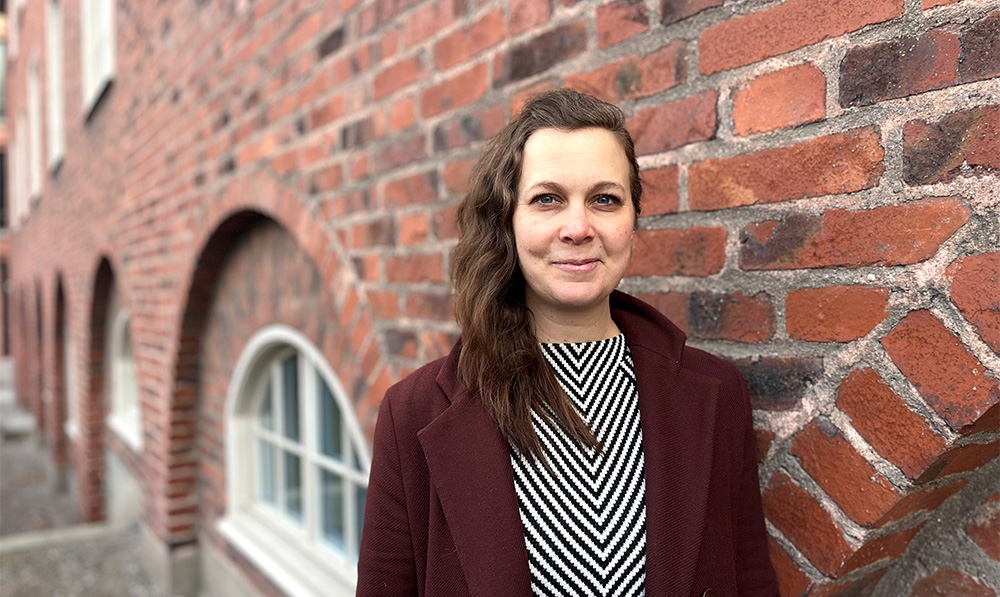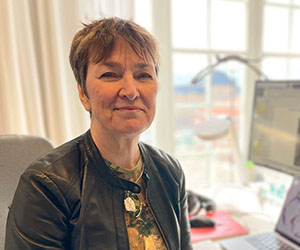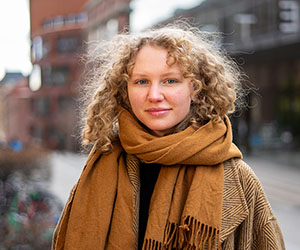"As decision-making gets closer, transparency and overhearing becomes even more important"
- Pernilla Hagbert about the Faculty Board ABE

In January 2024, school faculty boards were introduced at KTH. We spoke to Pernilla Hagbert, Vice Chair of the ABE School's Faculty Board, about why she applied for the board, what issues are in focus right now, and what's next.
Why did you choose to run for the Faculty Board?
I am interested in issues of collegial influence and the development of the organisation. I think it is important to have transparency and insight in decision-making, and that there is a sustainability lens in all decisions made. It's really about focusing on a larger strategic issue; what KTH, ABE and the built environment sector should be in a transitioned future. I look forward to discussing that question more.
What will you prioritise in the first year?
At the board meetings, we are already dealing with many concrete decisions, including new doctoral programme subjects and contract education courses. In parallel, we have started to pursue the issue of collegial exchange and started to sketch out new activities. This spring, the Board will visit all departments to present us and our work, and open up for dialogue. We will also organise school meetings for the faculty. At the first school meeting in May, we will discuss ways to include the collegium in the work ahead. In the autumn, we will conduct workshops at each department on what collegial influence looks like locally.
We also continue to work on structures for the council's work in the future and the idea is to decide on for example committees, working groups and councils that can prepare specific issues. Ultimately, it is up to each school to organise the work, but we will of course be looking at each other. We are building a new organisation at KTH, so it is valuable to exchange experiences and to coordinate between the boards. It also provides interesting insight into what other parts of KTH look like and what issues we have in common.
What else do you talk about?
We want to work towards greater transparency regarding finances and budgets. The board does not make financial decisions, but we want to make thoughtful strategic decisions. Right now we are also discussing different scenarios for how employment matters should be transferred to the board in a project led by the dean. What would it look like if employment and promotion decisions were made by colleagues at school level? When decision-making comes closer to the faculty and the collegium locally, transparency and overhearing become even more important.
What else do you do?
I do research with a focus on sustainable transition at different levels - from alternative forms of housing, via municipal planning, to industrial climate change. I am also a member of the City of Stockholm's Scientific Climate Council. It is very interesting to work together with practitioners and take sustainability research into the real world.




